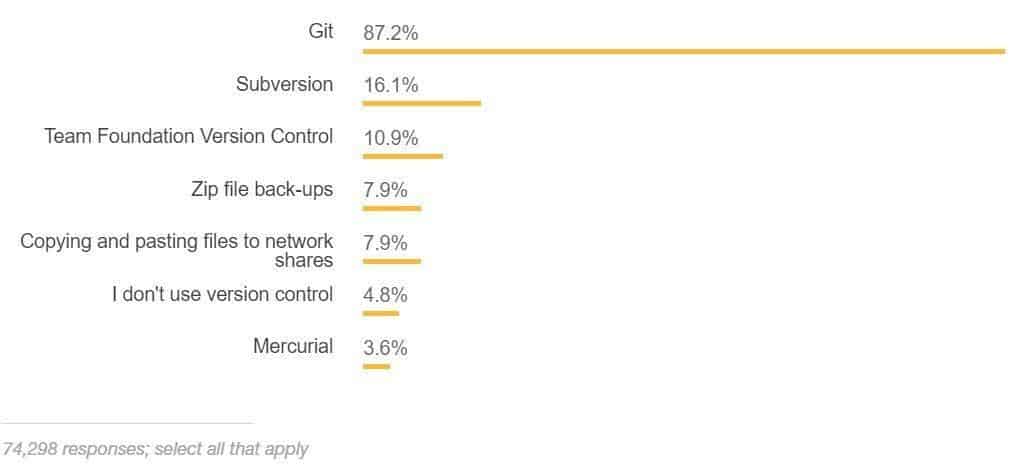 The key to running a successful business venture is teamwork. It is the most effective way of finding solutions to problems while also brainstorming for new ideas. Historically, companies achieved much by enabling their workers to collaborate in studios, conference rooms, and offices.
The key to running a successful business venture is teamwork. It is the most effective way of finding solutions to problems while also brainstorming for new ideas. Historically, companies achieved much by enabling their workers to collaborate in studios, conference rooms, and offices.
While many people in the workforce still prefer in-person sessions, the idea of remote workshops is gradually gaining popularity. The rise in remote work can be noticed, particularly in mobile app developing circles, where the teams come from diverse demographic backgrounds.
Many top-ranked companies in the industry have implemented remote working policies to reap the benefits of remote workshops.
Remote workshops are online meetings where participants come together to collaborate and achieve specific goals using digital platforms and tools. They present an excellent opportunity for mobile app developers to exercise new ways to work effectively and manage their projects away from the office.
However, to succeed at running remote workshops as an app developer, you will need to have a proper plan for what to do before, during, and at the end of a workshop. Here is a plan you can follow to run successful workshops and complete your projects without compromising on productivity.
Things To Do Before the Remote Workshop
Preparation is the first step in running a successful remote workshop. Here are the things that mobile app developers need to do while preparing to run a workshop.
1. Invite the Participants Ahead of Time
This advice might seem obvious, but it isn’t just about sending invites. The team members should know that they have been invited to the workshop because their input is valued.
Since you will be hosting the workshop remotely, it is a good idea to stick with 6-8 participants. The attendees of the remote workshop should ideally be people who are working in the following positions:
- Project manager
- Mobile app developer
- DevOps specialist
- Backend developer
- UI/UX designer
- QA specialist
- Business analyst
Invite anyone who fits in the team and provide them alternative options to add their perspective in case they fail to attend the remote workshop. Consider the time zones of the participants and the roles they have in the organization.
Start by inviting the participants as early as possible. This will allow you to manage potential scheduling conflicts and answer any questions that the participants may have about the remote workshop.
2. Communicate the Workshop’s Message
Remote workshops are meant to bring together people with different backgrounds, disciplines, and expertise. A major problem with remote workshops is that they can be easily ignored. Team members may not show up if the workshop’s value is not properly communicated.
Hence, it is necessary to convey the message of the workshop and let the members know why it is organized. Introduce the workshop via onboarding calls or emails and discuss what it will entail beforehand. Tools like Slack, Skype, and WhatsApp can be used to communicate the agenda for the workshop.
3. Familiarize the Participants With the Tools
There are numerous options like Zoom, WebEx, and BlueJeans that can be used to organize remote workshops. Whatever software tool you intend to use during the workshop, you should inform the participants beforehand.
Send a list of required materials to the participants in advance so that they can educate themselves about the tools and the way they work. It is wise to provide clear instructions about the setup process and guide the members about the functionality of the tools.
4. Test the Workshop Tools
It is important to test every tool that you will use during the remote workshop before the final date. Many remote meeting sessions get derailed because the tools are not properly checked prior to the meeting. Therefore, you should double-check the workshop link and make sure that the audio and video are working.
Also, test any code management software that you use to track changes in your source code. Git is the most popular revision control tool. However, there are other options like Subversion and Mercurial available to mobile app developers. Make sure that the team members can access them from both their PCs and smartphones.
Things To Do During the Remote Workshop
Once you complete all the preparations, it is time to take your role as an organizer. Bringing members together into a remote workshop is simply not enough to ensure success. Similar to an in-person meeting, a lot will depend on your skills and the process used to organize the remote workshop.
Here is what you can do to make it more effective:
1. Engage the Participants
Member engagement is the key to success for any organization. Companies with high engagement have shown 21 percent higher profitability than those with lower engagement rates. The effectiveness of a workshop depends greatly on this stage because it ensures that the participants are on the same page and move at the same pace during the workshop.
You should design processes and use techniques that engage all the participants in the meeting. Allow the members to introduce themselves, and make sure they get familiar with each other before the workshop begins. It will help the participants to warm up for the workshop and get ready to engage with each other.
Calling on the members frequently by their names during the workshop can also be an effective strategy to keep them engaged. Most people intuitively like to hear their names, so call on the participants, and give them the chance to contribute.
Also, use shared documents, and enable the members to use their webcam and chat capabilities for a more interactive experience.
Engagement can be a challenge, especially in lengthy workshops where members can easily get bored and distracted. However, you can optimize engagement by taking regular breaks in between. Set up a big break in the middle of the workshop meeting to give the members some time to eat and rest. Observe the situation, and take smaller breaks to continue with fresh energy.
2. Split the Workshop Into Smaller Sessions
Remote workshops require more discipline from participants to stay active. It isn’t easy to sit in front of a computer for hours without losing your focus. There is a higher possibility for the brain to wander off (given the many distractions like calls, kids, objects, etc.) compared to in-person meetings.
It is super helpful to break down a remote workshop into smaller sessions. For instance, if you are planning a remote workshop that could span one day, you can instead split it into four 2-hour sessions throughout the week. This will, however, require extra efforts to plan separately (assign mini-objectives) for each chunk of the workshop and integrate them into the broader agenda of the remote workshop.
3. Keep the Process Transparent
If the remote workshop includes activities or exercises, they should be mentioned before you begin the workshop. Use tools like digital whiteboards to display the exercises or explain any activity included in the workshop. Google Forms, Typeform, and SurveyMonkey are good options to gather the participants’ feedback on the exercises.
Mobile app developers who rely on remote workshops should make their processes as transparent as possible. Use tools to inform team members about how things are progressing during remote workshops. Popular choices include Trello, Slack, Basecamp, and Asana. Try various tools, and choose the one that fits your team.
Things To Do at the End of the Remote Workshop
Once you are done with the instructions, activities, and exercises of the remote workshop, you should end it with some closing remarks. Evaluate the process and be brief because participants are mostly tired by this time. Other things to do at this stage include:
1. Summarize the Workshop
Provide a summary of the activities and insights by the end of the remote workshop. Outline all the major points that you covered during the workshop, and briefly discuss the goals that you tried to achieve. Also, share the key takeaways and the future action plan with the team members.
2. Conduct a Q&A Session
 It is quite possible that some of the participants will have questions about the content or exercises discussed in the remote workshop. Prepare answers to the possible questions that could be asked by the members. However, you should also be prepared for some tough questions.
It is quite possible that some of the participants will have questions about the content or exercises discussed in the remote workshop. Prepare answers to the possible questions that could be asked by the members. However, you should also be prepared for some tough questions.
3. Ask for Feedback
Participants’ feedback will determine the effectiveness of a remote workshop. Use a voting system to get feedback from the participants, and see how they feel about the workshop. If you are unable to get the members to speak up openly, you can also consider anonymous polling. The key to efficiency at this stage is to simplify the process as much as possible.
Bottom Line
As mobile app developers become more and more distributed, it will become inevitable for them to invest their time and resources in remote workshops.
Invite the right team, invest in the right tools, and test them before you begin the workshop. Additionally, communicate the agenda of the workshop and the anticipated outcomes beforehand. After all, being on the same page about the agenda, expected goals, and how to achieve them is more crucial to the success of the workshop than all members being in the same physical space.
The incorporation of the best practices to run a remote workshop will lead to reduced costs along with the benefits of bringing together teams from across the border or at different ends of the country. So just make sure to add a little creativity and some systematic planning, and you are ready to pull off a successful workshop entirely remotely.


